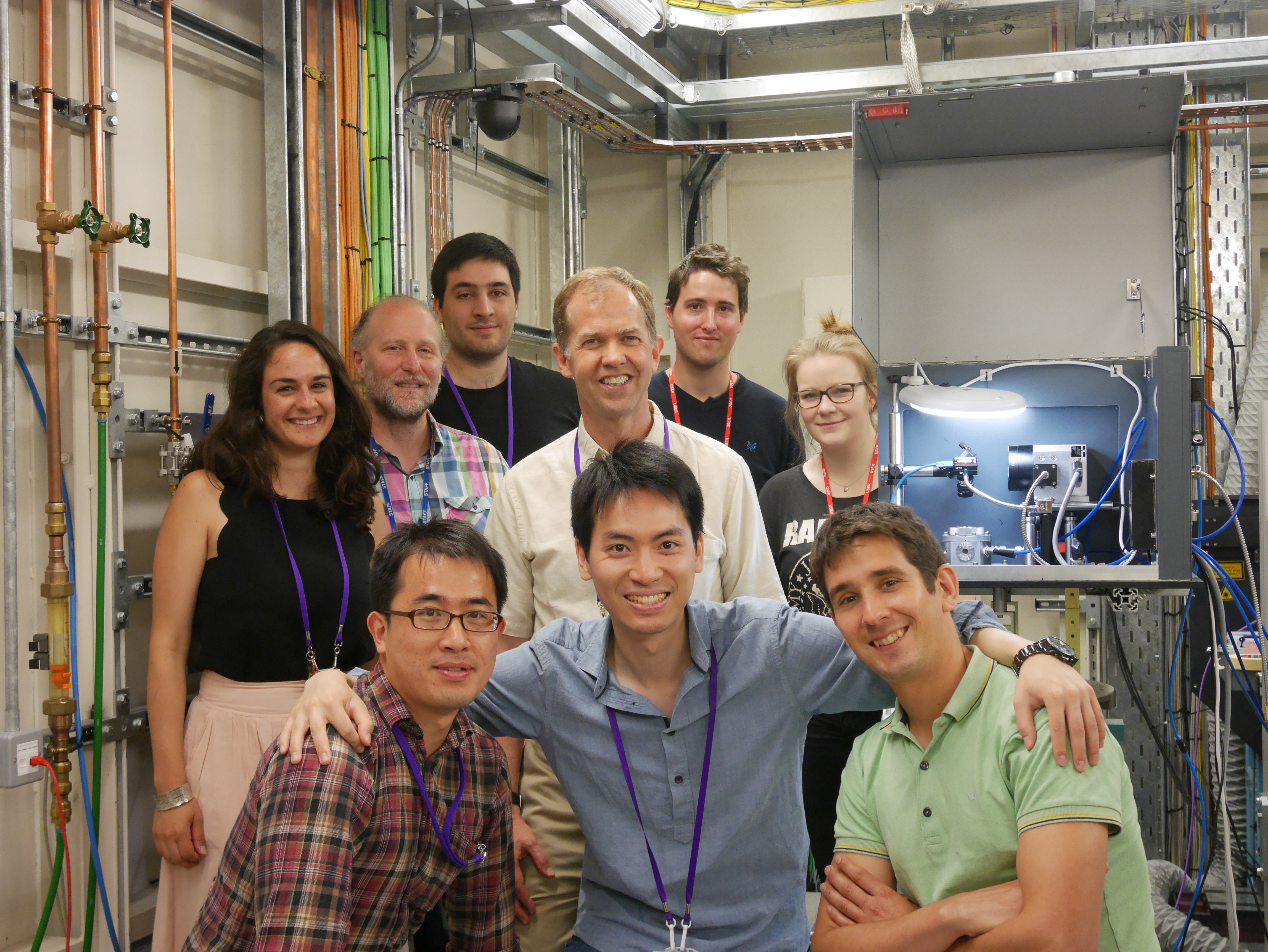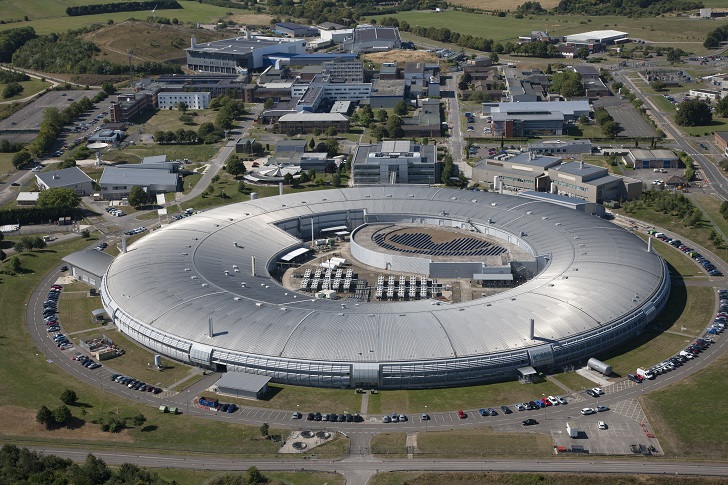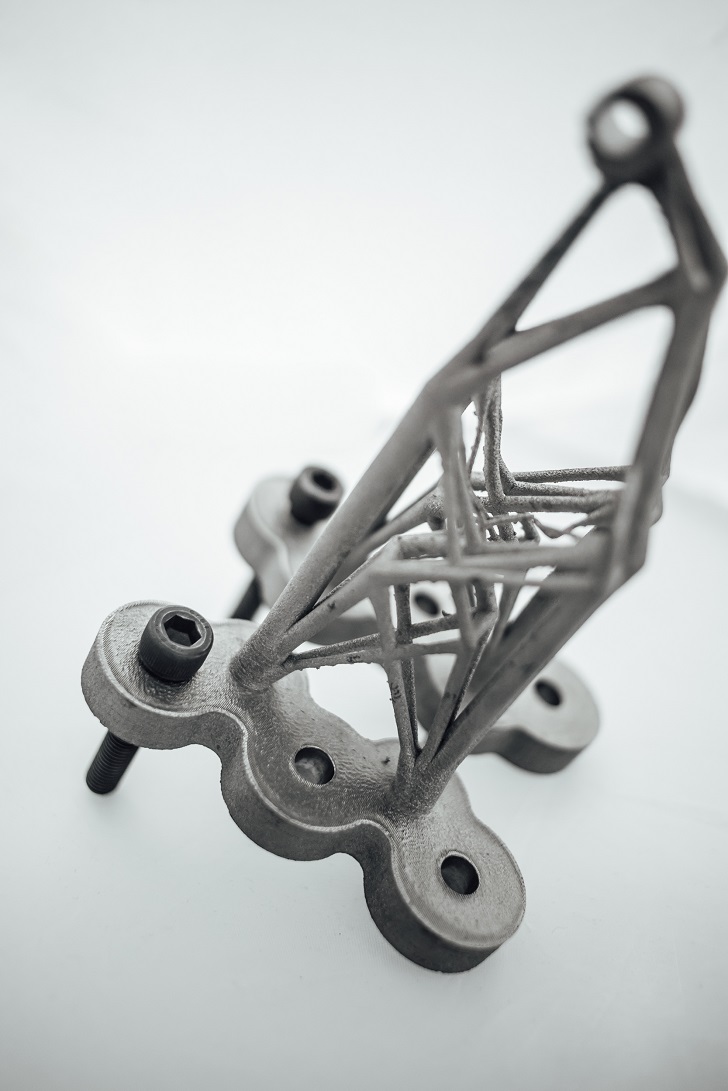


What do ice cream and magma have in common? For one, they’re both the subjects of the work of Prof Peter Lee and his colleagues at Diamond Light Source. But Peter’s main focus at present is on using X-ray based techniques to improve the process of additive manufacturing, and so Materials Today visited Peter at Harwell Campus.
But first, some background. Peter is a Professor at the University of Manchester, and has worked in X-ray science for over 25 years, in the field of solidification and imaging of alloys. Peter’s career has taken him from industry - as a Research Scientist at Alcan International's Kingston R&D Laboratory, where he worked on modeling and designing automotive castings – to academia, and being a co-Director of the Manchester X-ray Imaging Facility. Despite his position at Manchester, Peter is based at the UK’s synchrotron, Diamond Light Source: based in south Oxfordshire, the facility accelerates electrons round a 560 meter circumference ring at a rate of two million times a second, generating powerful X-rays as the electrons pass through arrays of magnets known as wigglers and undulators. The result is a high intensity beam of X-rays ejected onto one of the 20+ “beamlines” that shoot out of the ring at tangents. Though primarily a facility for fundamental research, industry plays an important part at Diamond, with 10-15% of the facility users coming from industry.
Laser-based additive manufacturing (AM) offers some very appealing benefits over traditional manufacturing processes like casting or forging, particularly in terms of being able to create complex shapes and arrangements. But the problem is, when it comes to creating something new – such as forming a new shape or using different metal powders – the process slows right down. That’s because in order to find the right combination of laser power, laser shape, gas, gas pressure, particle size, and numerous other variables that are required to produce components with the right microstructure, the process become one of trial and error. Factor in that some components can take hundreds of hours to produce via AM, and the technique can become unviable.
And that’s where Prof Lee’s research comes in. Peter is able to study the laser-based additive manufacturing process in real time, layer by layer, taking X-ray movies of the process at a rate of 10,000 frames a second, with a pixel resolution of 1-6 microns (depending on speed). This allows the team to understand the physics behind the melting and solidification phases which take place within a few milli-seconds. Peter’s process works in much the same way as radiography in a hospital; the X-ray beam is attenuated by the material in front of it, casting an image on a camera that sits behind the sample environment. But the speed at which images are collected means that vast amounts of data are collected: the team collects about 500Tb per year, well into “big data” territory.
The project has been running for 18 months, and the team has worked fast to overcome the challenges of making the measurements feasible. Not to mention the health and safety aspects of working with a combination of powders, X-rays and lasers; the real challenges have been in minimizing industrial AM equipment to fit inside the small contained hutch that comprises the beamline lab; as well as capture images fast enough to see and understand the physics.
The team has funding for the next seven years from the EPSRC, with the ultimate goal of making significant improvements to the AM process, both in terms of speed, the types of materials processed (they are printing bio-active glasses for potential implant applications), and optimising full life cycle efficiency. And industry is very interested. Peter and colleagues study both the fundamental science at play, as well as partnering with industry to improve the processes that are currently in use. A typical set up will involve an eight person team running back to back 12 hours shifts, performing public science for four solid days, before partners from industry arrive to study their proprietary samples for the final 24 hours. It’s this spirit of collaboration which has made Lee Diamond’s “top user in materials science”, collaborating with 80 companies and 35 universities to impact on science, technology, and industry in the UK and worldwide.
The team has partnered with companies such as Rolls-Royce who are studying the best way to repair blisks, expensive components in turbine engines. As well as companies like Renishaw, who make the manufacturing equipment and tooling for the components. For these metallic components, the exposure to high intensity X-rays has little to no effect on the AM process, with the X-rays only contributing a minimal heating effect to the metals. Though things get a little more complicated for some of the other materials Peter studies, such as bone that has been integrated with AM produced biomedical implants (and which are already in use in 100,000 patients in the US). Once biological materials get involved, the process becomes more difficult, as the bone is damaged by the X-rays, meaning the intensity of the beam has to be reduced in order for the bone to survive long enough to study the full range of movement.
The team is currently working on improving the speed at which they are able to capture images, aiming for 100,000 frames per second, as well as developing new equipment to allow them to study blown powder based AM techniques in real time. The team also has plans beyond AM, but for now, Peter remains tight lipped beyond one hot topic…“volcanoes”…



